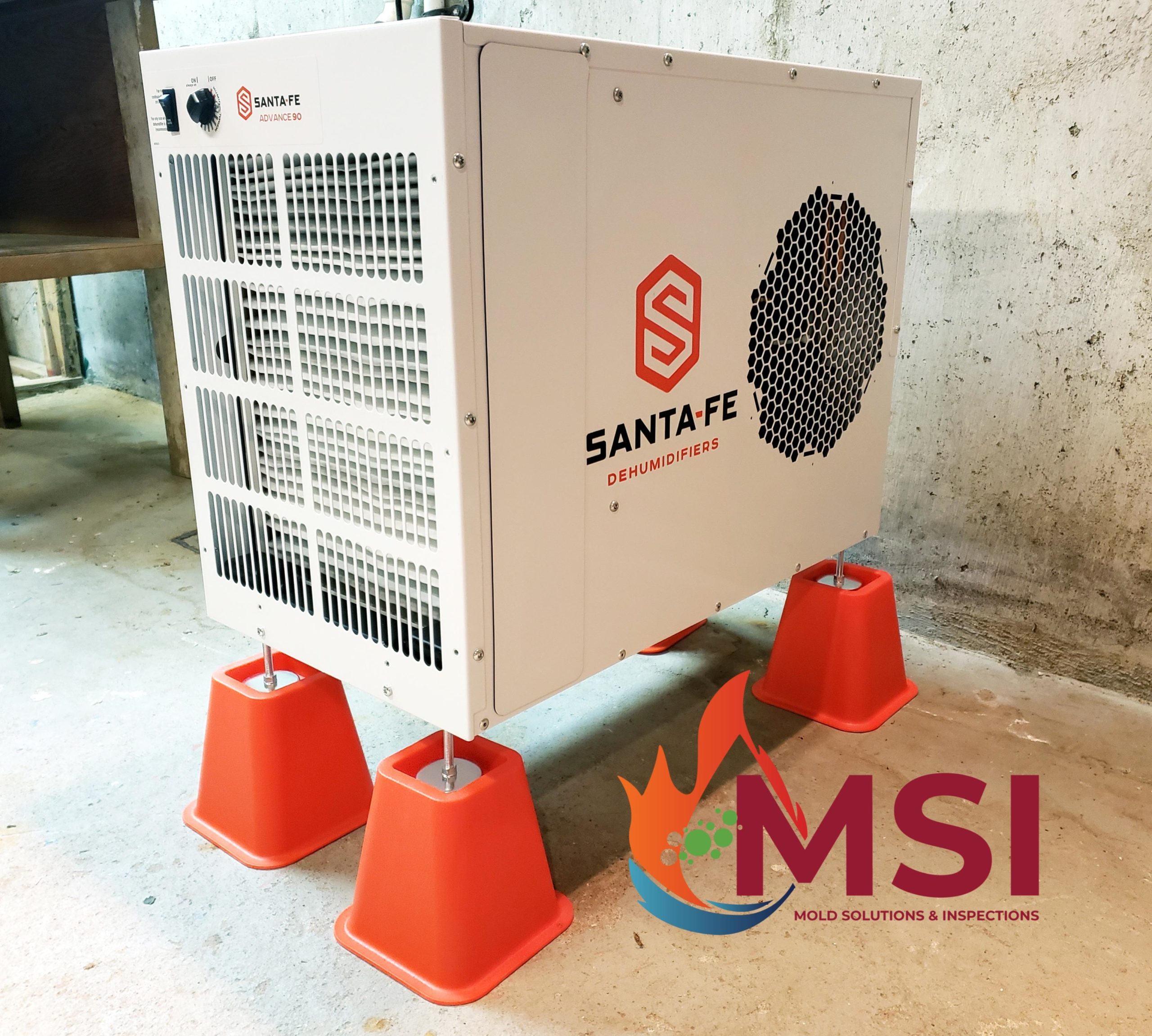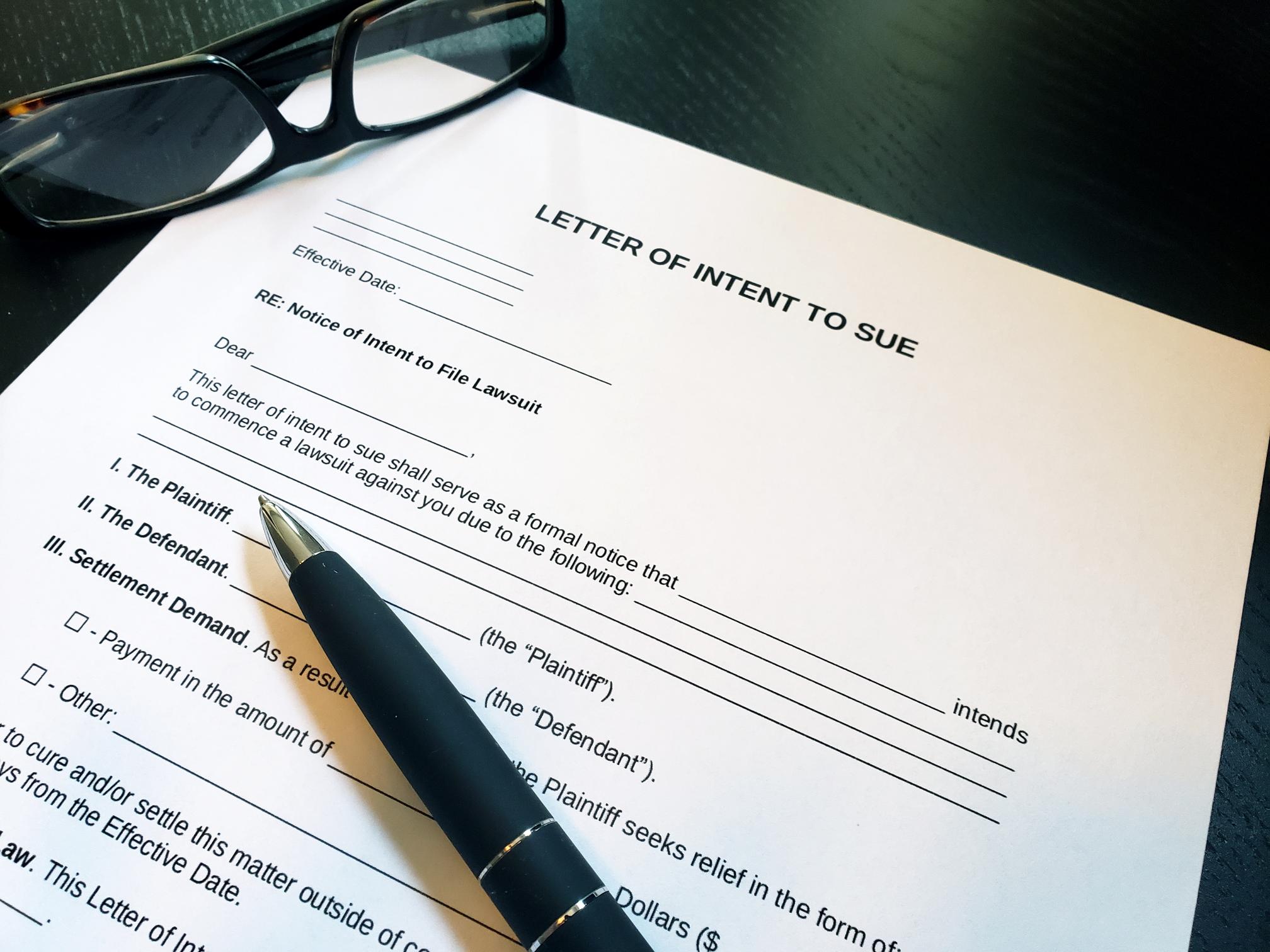Here’s a brief summary of the different types of mold inspections that can be performed to determine whether or not mold exists in a property.
Air Sampling: Air samples can be used to gather data about mold spores present in the interior of a property. These samples are taken by using a pump that forces air through a collection device which catches mold spores. The sample is then sent off to a laboratory to be analyzed. Having samples analyzed can also help provide evidence of the scope and severity of a mold problem, as well as aid in assessing human exposure to mold spores. After remediation, new samples are typically taken to help ensure that all mold has been successfully removed.
Surface Sampling: To determine whether the suspected surface (visible stain, discoloration, etc.) sampled is indicative of mold growth on the sample location, a surface/lift sample can be administered. This type of test can identify molds actually growing on the surface sampled, as opposed to the mere presence of mold spores. This type of test is very effective if there is no indication of mold anywhere else other than one or two particular spots.
Swab Testing: Very similar to surface or tape sampling but with the use of a swab,
Bulk Samples: This type of test actually has the technician removing a piece of a suspect surface and then sending that piece off for analysis. An example of this would be to remove a discolored piece of drywall, place it in a secured bag/ziplock, and then send it off to determine if the discoloration is indeed mold.
Petri-Dish: A Petri-Dish is a glass or plastic container where fluid is added to the dish so that mold can be caught while passing over the liquid. The instrument forces air to flow over the dish and contaminated material is collected. The sample container is then sent to the for Culturing. This is a dependable method of testing and actually grows the mold spores collected. This is a test for living Mold Spores.
For more information, visit our website at biowashing.com
Like us on Facebook at: https://www.facebook.com/pages/Mold-Solutions-Inspections/168301849896358








